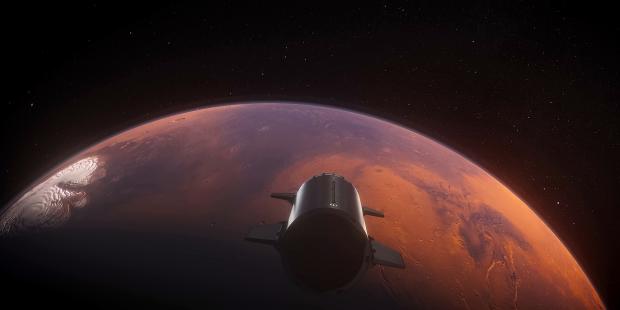
Breaking News
 'We Are Buying': Michael Saylor Confirms Strategy (MSTR) Is Aggressively Buying Bitcoin
'We Are Buying': Michael Saylor Confirms Strategy (MSTR) Is Aggressively Buying Bitcoin
 POLE SHIFT INCOMING, Earth's Magnetic Field WEAKENING Says NASA
POLE SHIFT INCOMING, Earth's Magnetic Field WEAKENING Says NASA
 Lee Zeldin: Jasmine Crockett's Epstein Claim, Trump Meets Mamdani + Cloud Seeding Is REAL! | PBD
Lee Zeldin: Jasmine Crockett's Epstein Claim, Trump Meets Mamdani + Cloud Seeding Is REAL! | PBD
 SHOCK VIDEOS: Fire Breaks Out in United Nations 'Climate Change' Conference COP30 in Brazil&
SHOCK VIDEOS: Fire Breaks Out in United Nations 'Climate Change' Conference COP30 in Brazil&
Top Tech News
 New Gel Regrows Dental Enamel–Which Humans Cannot Do–and Could Revolutionize Tooth Care
New Gel Regrows Dental Enamel–Which Humans Cannot Do–and Could Revolutionize Tooth Care
 Researchers want to drop lab grown brains into video games
Researchers want to drop lab grown brains into video games
 Scientists achieve breakthrough in Quantum satellite uplink
Scientists achieve breakthrough in Quantum satellite uplink
 Blue Origin New Glenn 2 Next Launch and How Many Launches in 2026 and 2027
Blue Origin New Glenn 2 Next Launch and How Many Launches in 2026 and 2027
 China's thorium reactor aims to fuse power and parity
China's thorium reactor aims to fuse power and parity
 Ancient way to create penicillin, a medicine from ancient era
Ancient way to create penicillin, a medicine from ancient era
 Goodbye, Cavities? Scientists Just Found a Way to Regrow Tooth Enamel
Goodbye, Cavities? Scientists Just Found a Way to Regrow Tooth Enamel
 Scientists Say They've Figured Out How to Transcribe Your Thoughts From an MRI Scan
Scientists Say They've Figured Out How to Transcribe Your Thoughts From an MRI Scan
 Calling Dr. Grok. Can AI Do Better than Your Primary Physician?
Calling Dr. Grok. Can AI Do Better than Your Primary Physician?
SpaceX Starship Can Reach Mars in Just 45 Days

The slower mission times are for chemical rockets where we barely get out of Earth orbit with a small rocket engine. SpaceX Starship can refuel after reaching orbit to enable faster orbits (straighter and less looping paths) to go to Mars. This makes 90 day times each way easy with chemical Starship and even more wasteful but still chemical rockets to Mars in 45 days each way.
This is calculated by Ozan Bellik.
In 2033 there are opportunities to do a high thrust ~45 day outbound transit with a ~10.5km/s TMI (trans Mars injection). If you refill in an elliptical orbit that's at LEO+2.5-3km/s then the TMI burn requirement goes down to 7.5-8km/s. A SpaceX Starship with 1200 tons of fuel should be able to do with roughly 150 tons of burnout mass. This is enough for ship, residuals, and a crew cabin with enough consumables to last a moderately sized crew for the 45 day transit. The trouble is that once you get there, you are approaching Mars at ~15km/s.
One way to solve this would be to powerbrake to 8.5km/s and aerobrake from there. This needs an additional ~6.5km/s, and the most straightforward way to solve that is to send a fleet of expendable tankers alongside the crew ship and refill en route. This would call for 5 or more fully filled 2000 ton tankers in elliptical orbit. SpaceX could do it.
Alright, here we go.
— Ozan Bellik (@BellikOzan) November 28, 2023
In 2033 there are opportunities to do a high thrust ~45 day outbound transit with a ~10.5km/s TMI.
If you refill in an elliptical orbit that's at LEO+2.5-3km/s, your TMI burn requirement goes down to 7.5-8km/s, which a Starship w/ 1200t of prop should be… https://t.co/Rf2dDOOzwn

 Unbanked In A Connected World
Unbanked In A Connected World

